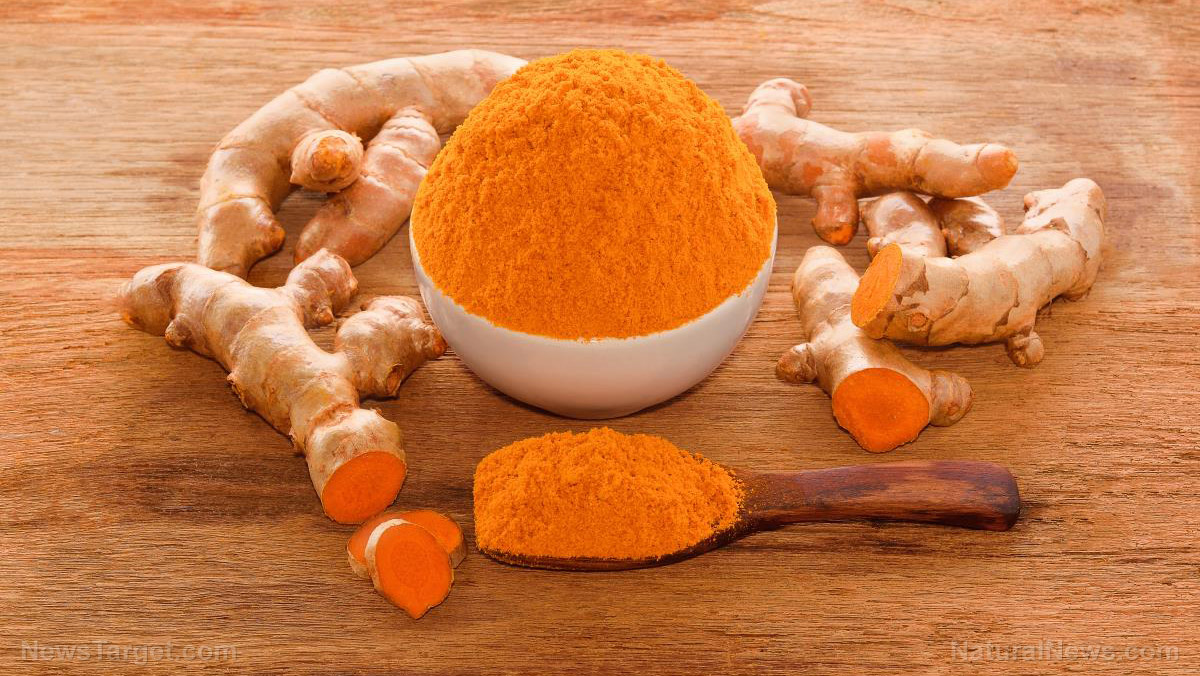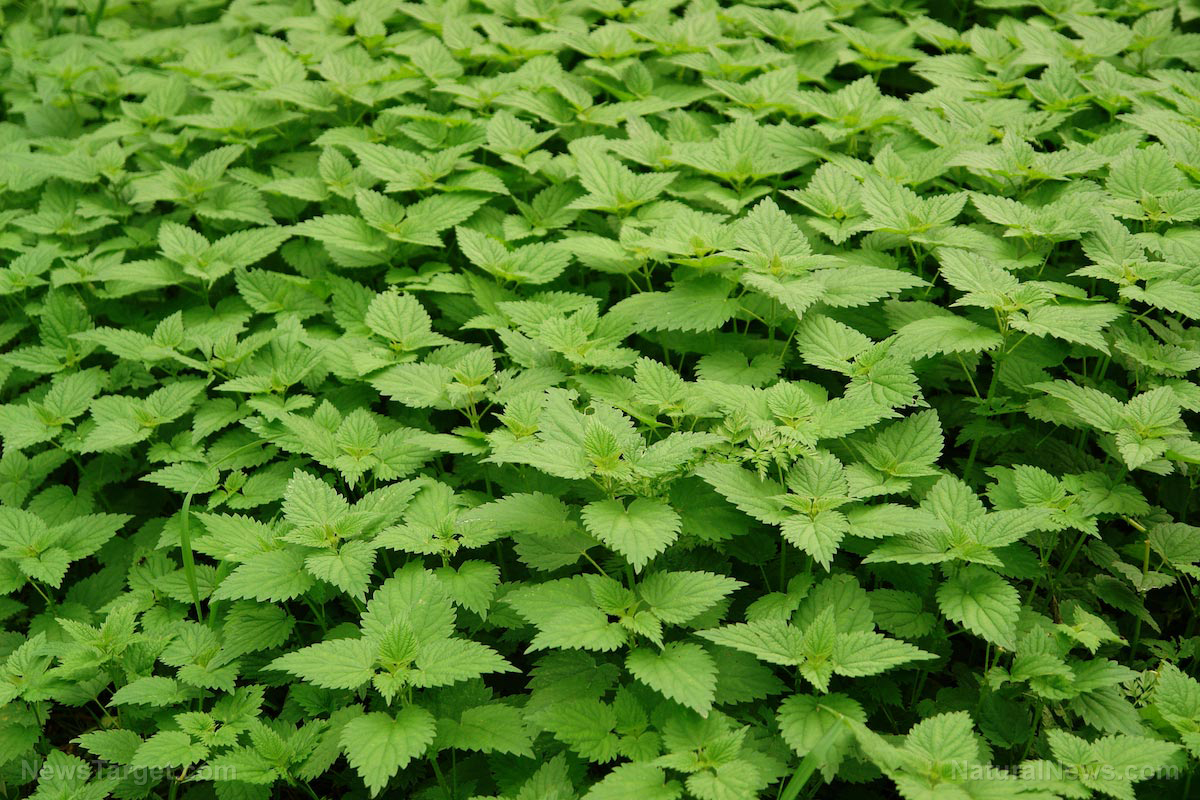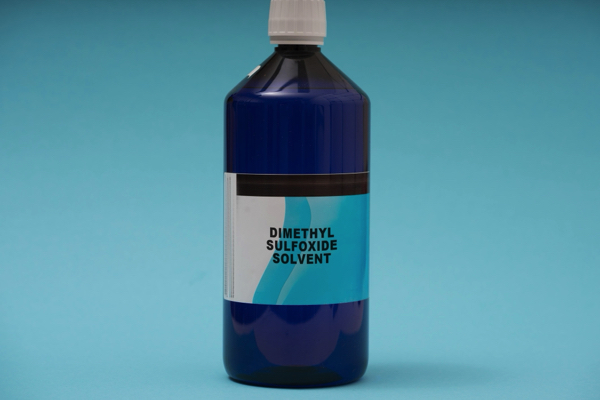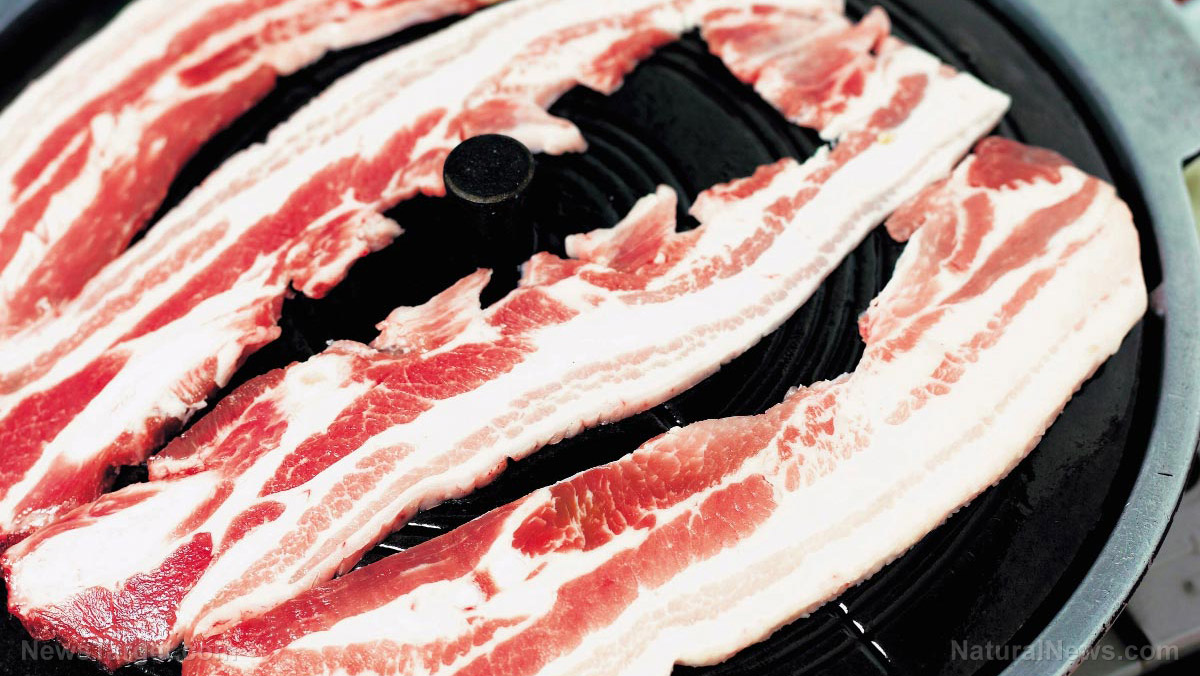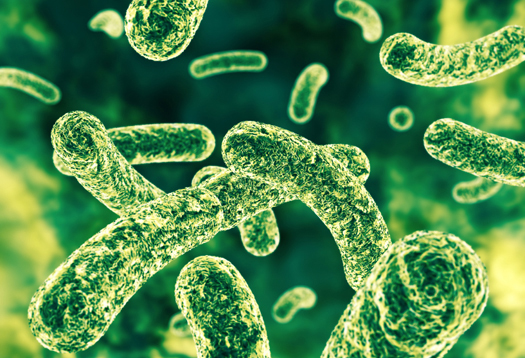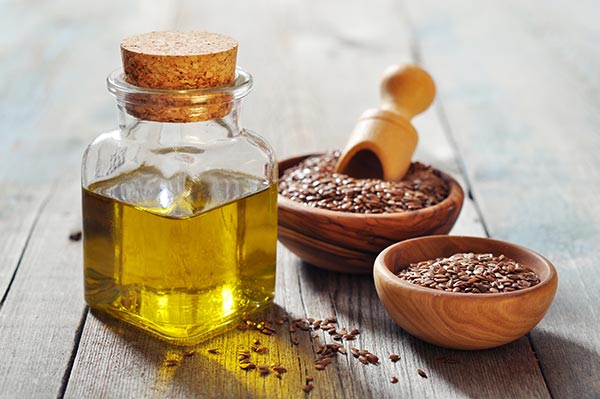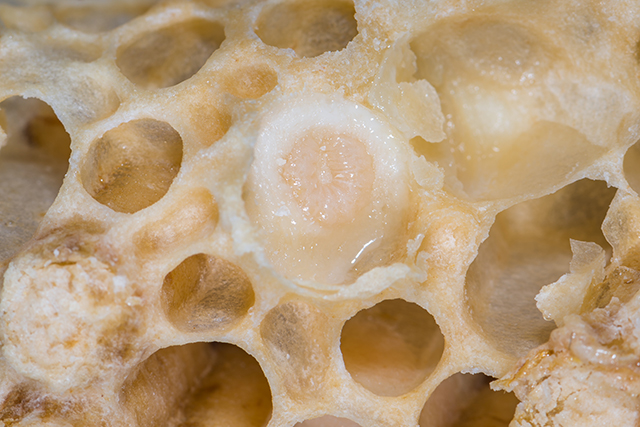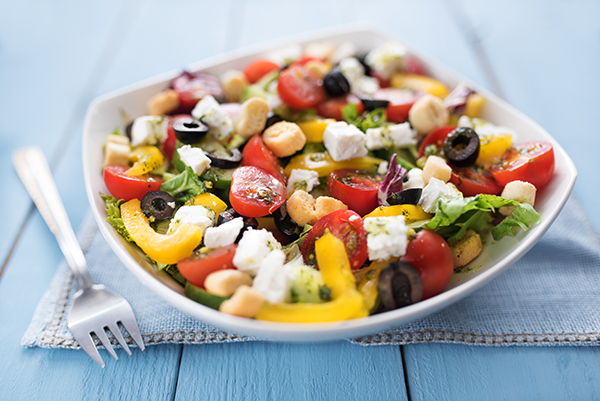Monkey orange: The secret superfruit that supports good health
05/10/2025 / By Zoey Sky
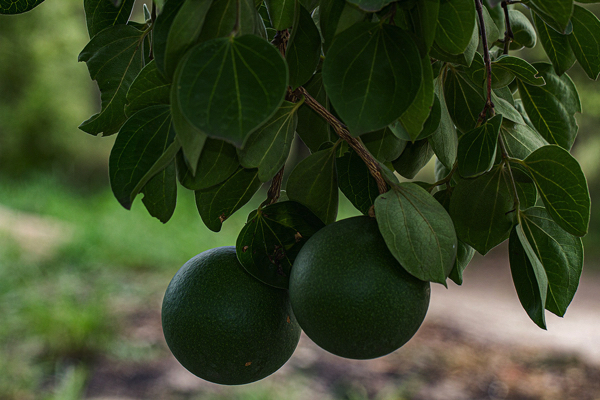
- The monkey orange (Strychnos cocculoides) is a fascinating mix of nutrition, tradition and danger. It is valuable when used wisely but can be hazardous if mishandled.
- It comes from a spiny shrub native to Southern Africa that produces vibrant orange-yellow fruit. Monkey fruit’s sweet pulp attracts monkeys, but the seeds are highly toxic.
- It has been used for centuries by indigenous communities as medicine and food. First documented in 1797, monkey fruit later gained scientific interest for its resilience in arid climates.
- Monkey fruit contains beneficial compounds like antioxidants (flavonoids), immune-supporting polysaccharides and potential antiviral agents.
- Monkey fruit pulp is used in chutneys, smoothies, glazes and fermented drinks.
Renowned in Southern Africa for its striking appearance and paradoxical blend of utility and toxicity, monkey orange (Strychnos cocculoides) is a botanical marvel steeped in cultural and historical significance.
This spiny shrub, native to arid and semi-arid regions of South Africa, Namibia, Botswana and Lesotho, produces vibrant orange fruit that has fascinated both botanists and traditional healers alike.
Named for its resemblance to a citrus orange and the peculiar tendency of monkeys to consume its pulp, monkey orange transcends its humble origins, offering both promise and peril in its chemical composition and historical uses.
Monkey orange fruit: A closer look
In addition to its scientific binomial Strychnos cocculoides, the fruit is also known as:
- Bitterbine – A nod to the bitter alkaloids present in its seeds and leaves.
- Monkey orange – Derived from its visual similarity to oranges and observations of monkeys eating its sweet, sticky pulp.
- Umkhuzwane (Zulu) – Reflecting its cultural importance to indigenous communities.
- Velgoy/suurklapper (Afrikaans) – A transliteration of its robust, hardy nature in arid landscapes.
Monkey orange is a roundish or ovoid drupe and is typically four to six centimeters in diameter. Its outer skin matures to a vivid orange-yellow hue, often with a rough, pitted texture.
Inside, the sticky, fibrous pulp surrounds hard, black seeds. Ripe monkey orange pulp is sweet, though unripe or green fruits are acrid and intensely bitter.
However, the seeds are extremely toxic due to alkaloid compounds.
Historical and cultural significance
First documented in 1797 by South African botanist Francis Masson, monkey orange has been an integral part of local ecosystems and cultures. Indigenous communities across Southern Africa have long utilized different parts of the plant for medicinal and practical purposes.
The plant thrives in nutrient-poor soils, a trait that has allowed it to anchor itself in harsh environments, from South Africa’s Karoo Desert to the Kalahari sands.
Botanically, its survival in arid conditions underscores its resilience, a quality paralleled in its historical uses. European settlers initially dismissed it, but by the Victorian era, it gained attention for its pharmacological potential.
Today, botanists recognize its ecological role in sustaining wildlife while cautioning against its inherent dangers.
Phytonutrients and health benefits
Monkey fruit pulp and leaves contain a mixture of phytochemicals, some beneficial, others heavily regulated due to toxicity:
- Flavonoids – Quercetin and kaempferol in the fruit have antioxidant and anti-inflammatory properties.
- Fatty acids – Linoleic and palmitic acids in the fruit can support skin health.
- Polysaccharides – Found in the mucilaginous pulp of the fruit, polysaccharides can support immune health and act as demulcents.
- Sterols – Beta-sitosterol and stigmasterol have been linked to antifungal and cholesterol-lowering effects.
Monkey fruit also contains unique compounds that are under research for their potential antiviral and antiparasitic activity, but they are not yet fully classified.
Monkey fruit seeds and roots contain toxic alkaloids, notably strychnosine, analogous to strychnine in other Strychnos species. These substances are potent nervous system stimulants and require professional handling.
While monkey fruit seeds are lethally toxic if ingested unprocessed, when prepared correctly, the pulp and leaves are traditionally used to:
- Alleviate gastrointestinal ailments – Mucilaginous pulp acts as a natural emollient to soothe ulcers and diarrhea.
- Heal wounds and burns – Fresh leaf poultices applied topically may reduce inflammation and promote scar-free healing.
- Moderate diabetes – Compounds in the fruit demonstrate its potential to regulate blood sugar levels, according to preclinical studies.
- Treat respiratory issues – Historically, steamed monkey orange fruit pulp was used to relieve congestion and bronchitis.
- Detoxify skin infections – The fruit’s antimicrobial properties may help combat fungal infections and minor dermatitis.
Always seek expert guidance before using monkey fruit, especially the seeds. Improper preparation can lead to severe poisoning.
Culinary applications and recipe ideas
Monkey orange can be incorporated into both sweet and savory dishes. (Related: Quinoa, mushrooms and more: Superfoods for energy and vitality that you need in your survival stockpile.)
Here are some creative ways to use it:
- Monkey orange chutney – A tangy condiment for meats and cheeses.
- Monkey orange smoothie bowl – Blended with yogurt and tropical fruits.
- Monkey orange glaze – A citrusy reduction for roasted vegetables or poultry.
- Fermented monkey orange drink – A traditional African probiotic beverage.
- Dried monkey orange snacks – Dehydrated slices for a chewy, nutrient-dense treat.
Monkey orange is more than just an exotic fruit, it’s a nutritional powerhouse with deep cultural roots. Its impressive phytonutrient profile and versatility in both traditional and modern cuisine make it a superfood worth exploring.
As global interest in indigenous and underutilized fruits grows, monkey orange may soon gain the recognition it deserves.
This story is not medical advice and is not intended to treat or cure any disease. Always consult with a qualified naturopathic physician for personalized advice about your specific health situation or concern.
Visit NaturalNews.com, an excellent resource for articles where you can explore the world of superfoods and discover their numerous health benefits.
You can also try Brighteon.ai, an AI model created by Mike Adams, also known as the Health Ranger. This model is available as a free download to be run locally and is designed to help share and decentralize knowledge. By doing so, it aims to bypass censorship and empower people with knowledge.
If you’re searching for a platform that champions uncensored video content and free speech, particularly for discussions on nutrition, natural medicine, ingredients and related topics, visit Brighteon.com, a website that offers a space for open dialogue and exploration of these subjects without restrictions.
Brighteon.IO and Brighteon.social are two free speech social media sites that enable users to openly discuss health, nutrition, ingredients, toxicity and related topics without censorship.
Watch this clip about Organic Freeze-Dried Fruits, an excellent source of nutrition during emergencies.
This video is from the Health Ranger Store channel on Brighteon.com.
More related stories:
Superfruits for good health: Boost your daily protein intake with delicious apple cinnamon muffins.
Here are 10 kiwifruit benefits you shouldn’t miss out on.
Here’s how fermented foods can support brain health.
Sources include:
Submit a correction >>
Tagged Under:
anti-inflammatory, antioxidants, food cures, food is medicine, food science, fruits, health, monkey orange, natural cures, natural health, natural medicine, prevention, research, Strychnos cocculoides
This article may contain statements that reflect the opinion of the author


